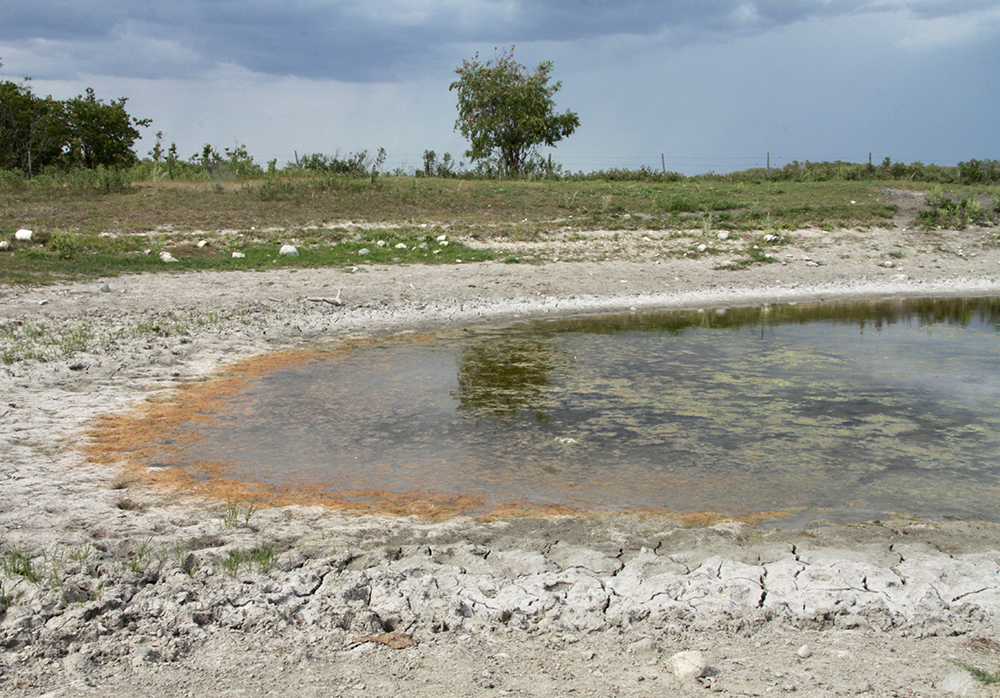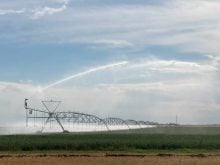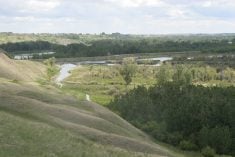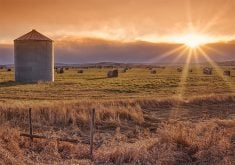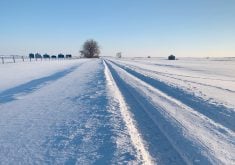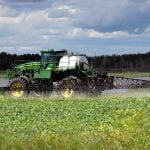The Water Security Agency has invested $700,000 in a pilot program aimed at responsible agricultural water management projects in Saskatchewan.
The Agricultural Water Management Fund offers up to $95,000 per project on a cost-sharing basis. Farmers can apply to the fund to help pay for qualified persons support, technical and engineering costs, and mitigation and rehabilitation works for new projects. Applications opened July 1.
Myles Thorpe, president of the Saskatchewan Farm Stewardship Association, said the funding will help producers better co-ordinate projects that benefit everyone.
WSA also recently invested nearly $600,000 in weather and soil monitoring stations in 12 locations in the southern part of the province.
Read Also

No special crop fireworks expected
farmers should not expect fireworks in the special crops market due to ample supplies.
Last fall the agency, with local landowners and the Saskatchewan Public Safety Agency, installed the stations where there were gaps in data-gathering networks.
The stations are near Arcola, Candiac, Radville, Milestone, Francis, Quinton, Holdfast, Hazenmore, Mankota, Climax, Klintonel and Shaunavon.
“A big part of how the Water Security Agency manages the province’s water resources is its ability to combine a variety of data from many different sources to properly forecast water flows, potential floods or droughts, and the overall health of our province’s rivers and streams,” minister responsible Jeremy Cockrill said in a news release.
The sites will collect soil moisture and temperature data at three depths, in addition to typical weather measurements.
The stations also have all-season precipitation gauges to measure snowfall data.
WSA said the stations are primarily to monitor and support its flood forecasting operations, but will also help SPSA respond to potential hazards like floods, wildfire or even hazardous material spills.
Saskatchewan Association of Rural Municipalities president Ray Orb said the data available to municipalities and producers is invaluable.
“We are happy to have access to important information that our municipalities can use to make real progress in municipal planning to make our communities safer,” he said.
Reports from the stations are updated daily and archived monthly and can be found online.
And in a third announcement, WSA said up to $1million is available in 2022-23 for rural municipalities, Conservation and Development Area Authorities and watershed associations for channel clearing and maintenance of constructed projects. The maintenance funding is new; previously only natural watercourses qualified.
This funding is a rebate of up to 50 percent of eligible costs, including removing silt, beaver dams and debris.


